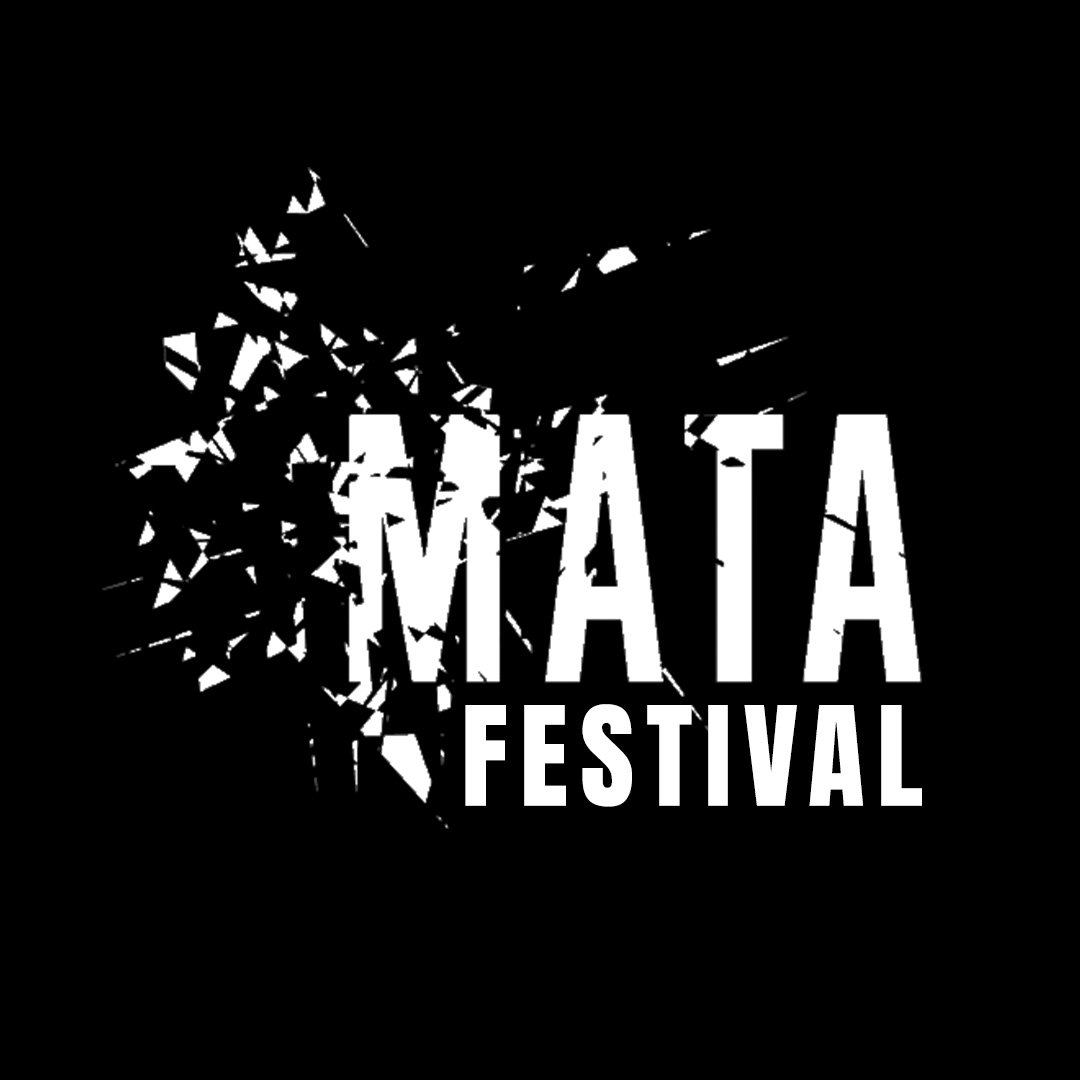Interval 7.1 Blog 2
From curator Ray Evanoff:As the run-up continues to December 20's Interval 7.1 with keyboardist Mabel Kwan at Issue Project Room, I want to continue reflecting on some of the artists involved.I first heard Stefan Prins' music at the 2011 Huddersfield Contemporary Music Festival, during which the insurpassable British pianist Mark Knoop premiered the original version of Piano Hero #2 (since revised) alongside a performance of Piano Hero #1 (both of which will be performed by Mabel on our forthcoming Interval program). The pair of works made for an exhilarating and bewildering 25 minutes that left me feeling like Alice upon completing her journey through the rabbit hole: I remember coming away asking myself, what just happened?Like a lot of Stefan's music, what stands out about these pieces is their overall sense of disorientation and too-much-ness. These impressions are born among other things from the array of media used: prerecorded video, live video, and triggered samples equally supplement and confound the piano. The instrument is dissected through prerecordings that explore the acoustic properties of its innards. The piano's guts are exposed and harassed in a way that would give all but the most liberal stage managers nightmares.
Piano Hero #1 focuses on this deconstructed instrument in isolation, laying the piano bare. Piano Hero #2 ups the ante by incorporating these samples alongside the acoustic piano. The combination provides a kaleidoscopic view of the instrument's sound world in which the generally civilized keyboard we're familiar with is exposed as a sham, possessing a vulgar interior that escapes in Pandora's box-like fashion. As the beginning of an on-going cycle, Piano Hero #1 & 2 seem to raise questions more than provide answers. If anything, this only serves to further emphasize the piano's multifaceted make-up and musical history.
- - - - -
Compared to how I discovered Stefan's music, my introduction to Aaron Cassidy's work was a much more subdued experience, involving internet searches on the recommendation of a friend (funnily enough, I discovered Evan Johnson's work, which I discussed in my previous blog post, through that same round of searches). As with Stefan's, Aaron's music initially left me more curious than anything else.
Violin 1 Excerpt from Second String Quartet (2010), by Aaron Cassidy
For Aaron, sound is inherently physical action; there is no divorcing the two where acoustic instruments are involved. As such, he focuses his compositional energies on the sound-producing physical actions themselves. There's a viscerality to his music that speaks to the kinesthetic empathy of simply being alive: its rips, strains, and sputters are understood on the bodily level at least as much as the mental level. I would liken this understanding to how a viewer appreciates athletics: just as we recognize great physical feats through our own knowledge of the body's capabilities, one can relate to Aaron's music through the extreme physical situations it enacts.
10 Monophonic Miniatures for Solo Pianist is an early application of this philosophy to the keyboard. The piece features a range of unorthodox striking techniques – with the knuckles, fingernails, and from various heights and angles – that are captured in sound through their interaction with the instrument. Motion becomes crystallized. It's a beautiful, playful piece whose full effect is only experienced when witnessed live, where the pianist's calligraphic gestures can be seen as well as heard. I can't wait to see what Mabel does with it.Aaron and Stefan are about as different a pair of composers as you can find, which makes Interval 7.1 all the more special an opportunity to see their music together in person!

